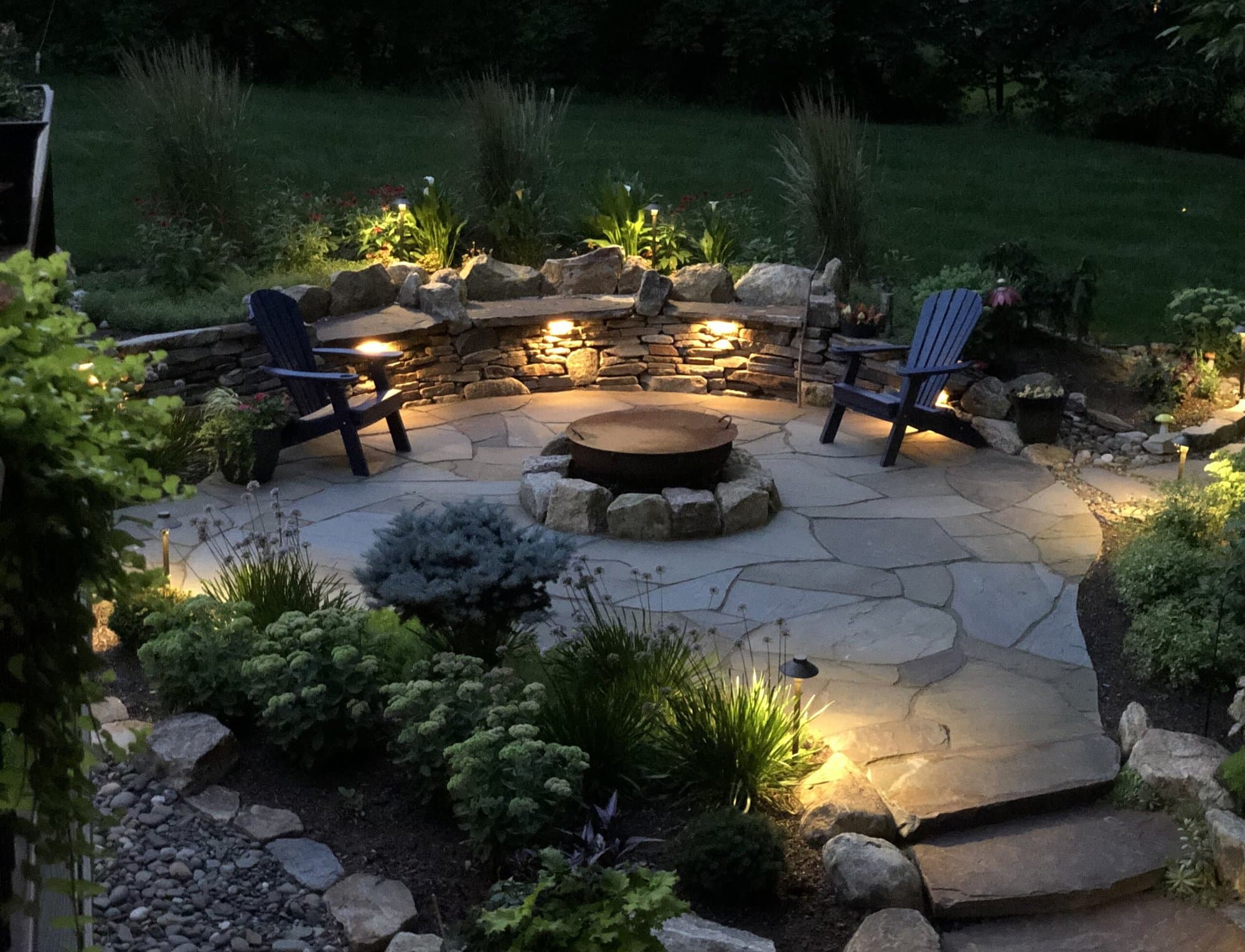Just How Palm Desert Landscaping Can Boost Your Home's Aesthetic Appeal
A Comprehensive Overview to Creating and Implementing Effective Landscaping Solutions
The art and scientific research of landscaping expand beyond simple looks; they entail a thoughtful assimilation of layout concepts, ecological stewardship, and useful implementation. What strategies can one use to ensure these landscapes not just flourish but also flourish in consistency with their environments?

Understanding Landscape Style Principles
One may question what fundamental components add to efficient landscape layout. At its core, effective landscape layout pivots on several crucial concepts that direct the setup and choice of elements within an area. These principles consist of unity, proportion, equilibrium, and rhythm, each serving to produce a harmonious outside setting.
Unity describes the cohesive partnership amongst different parts, making sure that they function with each other cosmetically and functionally. Equilibrium can be accomplished with asymmetrical or balanced arrangements, allowing the landscape to feel steady and welcoming. Proportion includes understanding the range of components in relation to each other and the surrounding environment, promoting visual harmony and convenience.

Analyzing Your Outdoor Room
Before carrying out the concepts of landscape layout, an extensive assessment of your exterior space is essential. This preliminary analysis aids define the extent of your landscape design task and guarantees that your design lines up with the special characteristics of your property. Begin by analyzing the measurements of your space, taking exact measurements to comprehend the offered area for various elements such as pathways, patios, and gardens.
Next, observe the existing features of your landscape, consisting of topography, dirt quality, and drainage patterns. These variables substantially affect plant selection and placement. Furthermore, evaluate the sunshine direct exposure throughout different locations throughout the day, as this will affect the kinds of plants that thrive in your garden.
Take into consideration the microclimates created by structures, trees, and various other obstacles, as they can influence temperature level and moisture degrees. Take note of any type of existing plants or hardscape aspects that you desire to maintain or eliminate. This extensive examination prepares for a reliable and educated landscape design remedy, making certain that your layout is not only aesthetically pleasing yet also useful and lasting for years to come.
Lasting Landscape Design Strategies
These methods not only advertise eco-friendly balance however likewise improve the aesthetic and useful worth of a landscape. Implementing efficient irrigation systems, such as drip irrigation, decreases water waste and makes certain that plants obtain appropriate moisture (Palm Desert Landscaping).

An additional effective strategy is the critical placement of hedges and trees to supply natural windbreaks and shade, therefore reducing energy prices (Palm Desert Landscaping). Rainfall yards can be integrated right into the landscape design to take care of stormwater runoff successfully, filtering pollutants before they get in waterways
Picking the Right Plant Kingdoms
Selecting the right plants for your landscape is vital to attaining both visual allure and ecological consistency. The procedure starts with an understanding of your local environment, dirt conditions, and the particular microenvironments within your landscape. Analyzing aspects such as sunshine direct exposure, moisture degrees, and existing flora will certainly help you select plants that prosper in your one-of-a-kind setting.
Think about integrating indigenous plants, as they are well-adapted to regional conditions, require less maintenance, and assistance neighborhood wildlife. Additionally, selecting a varied selection of species can boost biodiversity while minimizing the risk of condition and insect break outs. It is necessary to evaluate the development behaviors, blooming durations, and seasonal colors of potential plants to develop a natural and vibrant landscape.
Furthermore, consider the intended usage of the area; for instance, if the location will certainly experience high foot website traffic, choose resilient ground covers. By attentively picking plants that straighten with both your visual objectives and environmental needs, you can develop a sustainable landscape that not just improves your residential or commercial property however additionally contributes positively to the surrounding ecological community.

Execution and Upkeep Strategies
When the right plants have been selected for your landscape, the focus shifts to effective application and continuous upkeep approaches. Successful setup starts with appropriate website preparation, that includes dirt screening to determine nutrient levels pop over to this web-site and pH, followed by changing the soil as needed. Meticulously organize plants according to their growth habits and light demands, making certain adequate spacing to promote healthy growth.
Irrigation is a crucial component of execution. Establish a watering routine that thinks about the certain demands of each plant varieties, changing for seasonal modifications. Using drip watering systems can boost water effectiveness and minimize runoff.
Maintenance strategies must be carried out to ensure the longevity and vigor of your landscape. Routine tasks include weeding, mulching, and trimming to manage growth and prevent condition. Fertilization ought to be performed based upon soil tests, giving the required nutrients without over-fertilizing.
Monitoring for illness and pests is important; early detection can protect against substantial damage. Lastly, seasonal changes to upkeep routines, such as winterizing perennials and discover this info here preparing for spring development, will ensure that your landscape continues to be healthy and balanced and visually enticing year-round.
Conclusion
Successful application and continuous upkeep better guarantee the durability and vigor of landscapes. By incorporating these components, landscapes can be transformed into stunning, practical settings that advertise biodiversity and add positively to community well-being.
One might wonder what foundational elements contribute to efficient landscape style. At its core, effective landscape style pivots on numerous vital concepts that lead the arrangement and selection of elements within a space.Selecting the right plants for your landscape is essential to accomplishing both visual appeal and ecological harmony. It is important to assess the growth practices, blooming periods, and seasonal shades of possible plants to develop a natural and vibrant landscape.
Once the right plants have actually been picked for your landscape, the emphasis moves to efficient implementation and ongoing upkeep approaches.